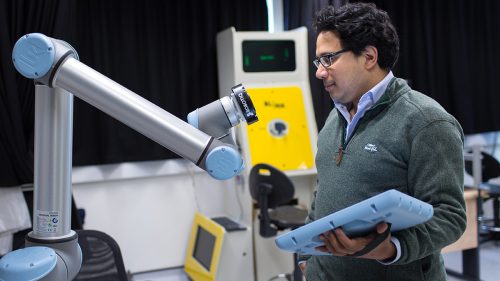The move AI 2.0 is being driven by five areas of AI advancement, according to a new report from analyst firm Forrester.
“Though you’ve likely never heard of them, these AI 2.0 advances are already entering commercial products, and forward-looking enterprises need to start preparing if they want to reap their competitive advantages,” the report stated.
The first advancement is transformer networks, which are multitasking deep learning models that can be used in problems that have a time or context dimension, such as understanding and generating text or code. It is currently in use in hyper scalers by AWS, Google, IBM, and Microsoft, and by speech and text analytics companies.
The second is synthetic data that is created in simulated virtual environments. This simulated data can be used to create or augment existing training data. Forrester believes synthetic data can be used to accelerate the development of new AI solutions, improve the accuracy of AI models, and protect sensitive data. It is currently being used in autonomous vehicles, financial services, insurance and pharmaceutical firms, and computer vision vendors.
Reinforcement learning is another advancing area of AI that is used to create models that optimize many objectives or constraints, or decide an action based on feedback. It is currently being used by firms dealing with marketing tasks, manufacturing tasks, and robotic learning.
The fourth area, highlighted by Forrester in the report, is federated learning, which is a process for combining models that are trained on separate data sets. It can be used to share information between devices, systems, and companies to overcome privacy, bandwidth, and computational limits, Forrester explained. Currently, federated learning is being leveraged in hyper scalers, AI application vendors, and consumer electronics companies.
The final new emerging AI area is causal inference, which helps determine cause-and-effect relationships. It can be used to obtain business insights and prevent bias by providing explain ability, which Forrester notes can be just as important as prediction accuracy. It is currently being used by innovation teams for use cases such as determining how effective a treatment for a particular disease is.
The article was originally published at SD Times.
Regarding to AI and Causal Inference, Professor Judea Pearl is a distinguished pioneer for developing a theory of causal and counterfactual inference based on structural models. In 2011, Professor Pearl won the Turing Award. In 2020, Michael Dukakis Institute for Leadership and Innovation (MDI) and Boston Global Forum (BGF) also awarded Professor Pearl as World Leader in AI World Society (AIWS). At this moment, Professor Judea is a Mentor of AIWS.net and Head of Modern Causal Inference section, which is one of important AIWS.net.










